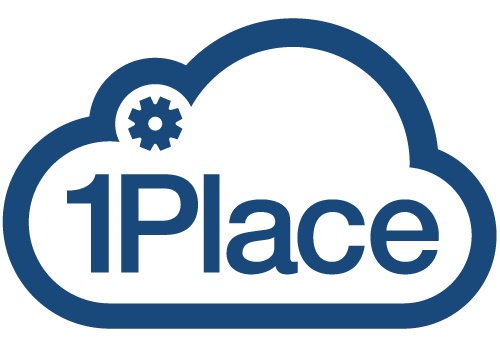Businesses these days need to migrate so many different areas of their business to the Cloud. Data migrations can take a variety of different forms.
Some of the most common types of data migrations are:
- Storage Migration
- Database Migration
- Application Migration
- Wholesale vs. Incremental Migration
Now, let us take a closer look at these 4 different types of data migrations.
Storage Migration
These types of migrations focus on transferring data from one storage device to a new or different one. This can take place either on-premises or in the cloud.
Database Migration
With database migrations, you’re typically upgrading a database engine and moving the entire installed database of files to a new device. Database migrations are typically more involved than storage migrations, largely because you’re dealing with higher volumes of data that might be formatted differently.
You’ll need to back up the databases, detach them from the engine, and migrate the files to a new engine. The files can then be restored to the new database and location.
Application Migration
Application migration can be a combination of both database and storage migrations. When you’re moving an entire software application from one place to another, they typically have databases, folders, and installation files that all need to be relocated to a different server, for instance.
Wholesale vs. Incremental
While the above types of data migrations refer to the more technical aspects of migration, there are different strategic approaches to migration. You may choose a wholesale approach, where the entire migration is done at once and completed within a specified time. You can also migrate incrementally, and transfer data in phases.
A wholesale approach is good because it’s simply “one and done,” while incremental migrations allow you to keep systems online during the process.

Steve is a Cloud Migration Software Consultant at 1Place(UK & EMEA). You can connect with him at steve@1place1cloud.com



Recent Comments